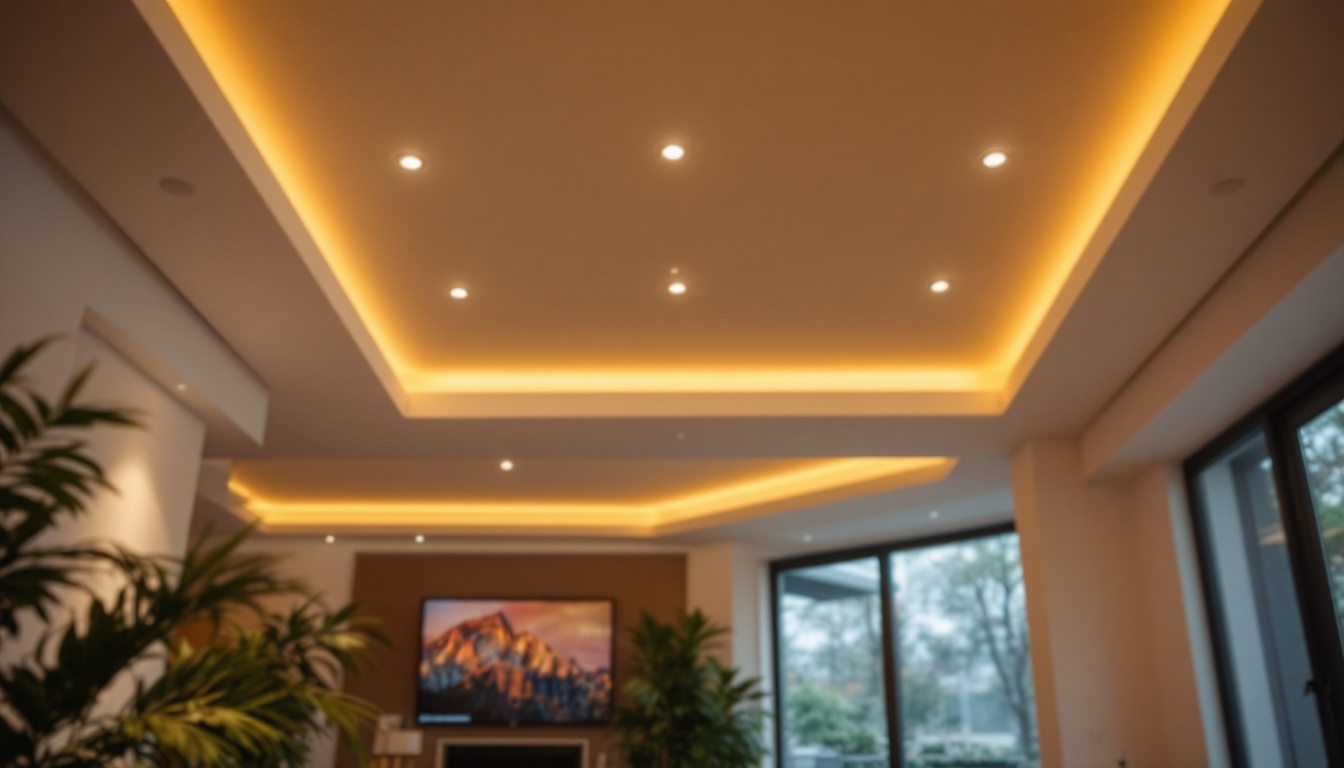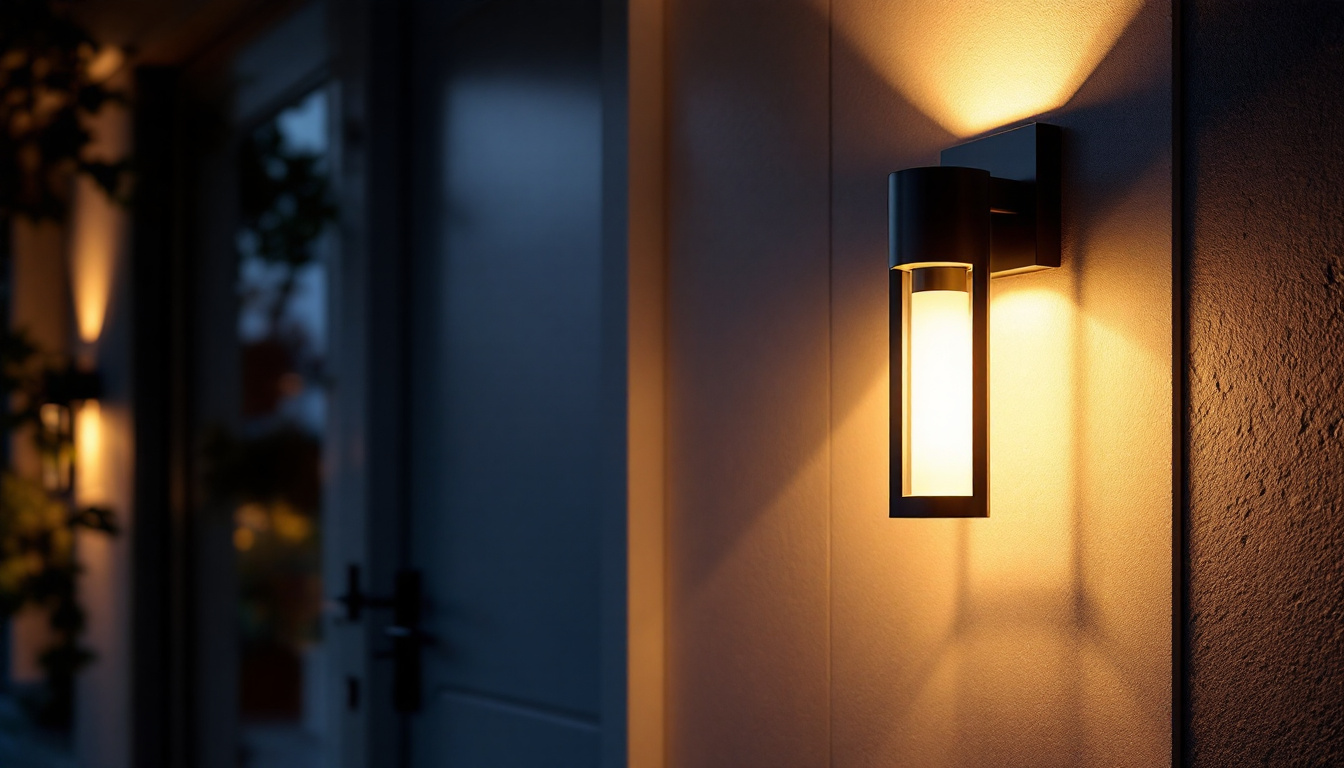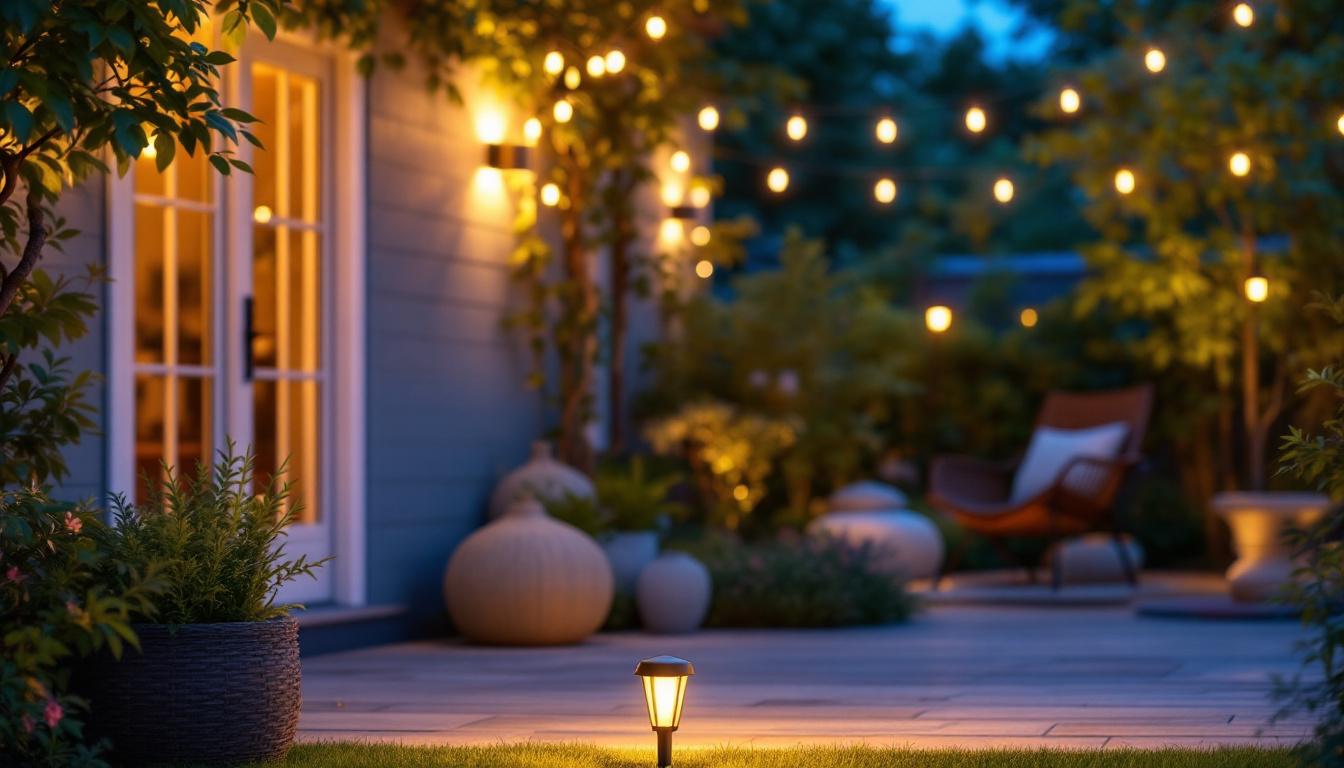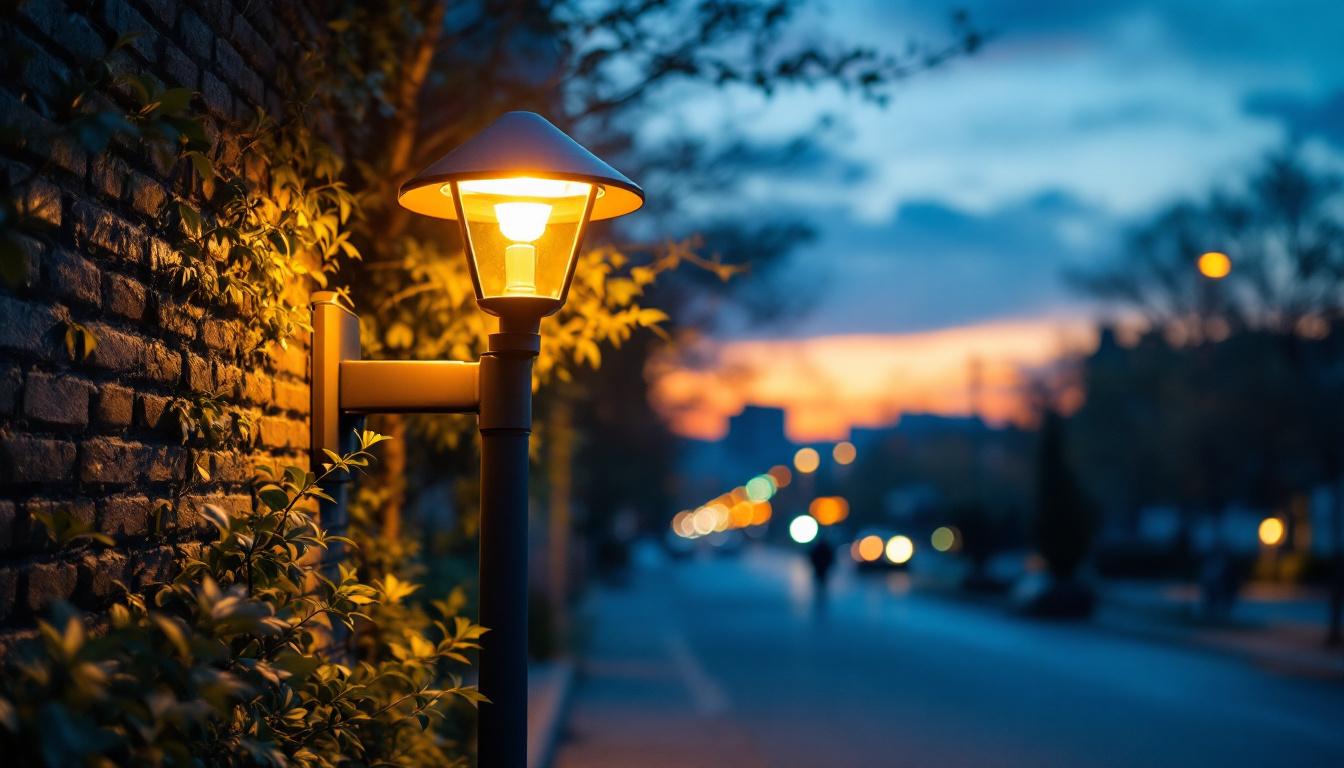
Recessed lighting has become a popular choice for both residential and commercial spaces. Its sleek design and ability to provide effective illumination make it a favorite among homeowners and designers alike. However, for lighting contractors, understanding the nuances of recessed light fixtures is essential for delivering quality installations that meet client expectations. This article offers quick tips to enhance the installation process and ensure optimal results.
Before diving into installation tips, it’s crucial to grasp what recessed lighting entails. Recessed light fixtures, often referred to as can lights or pot lights, are installed into the ceiling, creating a clean and modern look. They can serve various purposes, including ambient, task, or accent lighting, depending on their placement and the type of bulb used. This versatility makes recessed lighting a popular choice in both residential and commercial settings, as it can seamlessly blend into the architecture while providing effective illumination.
In addition to their aesthetic appeal, recessed lights can also enhance the functionality of a space. For instance, in kitchens, they can be strategically placed over countertops to provide focused task lighting for meal preparation, while in living rooms, they can create a warm and inviting atmosphere when used as ambient lighting. The ability to adjust the brightness and direction of the light can further tailor the ambiance to suit different occasions, making recessed lighting a practical choice for any room.
There are several types of recessed fixtures available, each designed for specific applications. The most common types include:
Additionally, there are also specialized fixtures such as wet-rated models that can be used in areas exposed to moisture, like bathrooms or outdoor spaces. Choosing the right type of fixture not only ensures proper installation but also enhances the overall effectiveness of the lighting scheme. When planning your layout, it’s important to consider the ceiling height and the intended use of the space, as these factors can influence the type and number of fixtures needed.
The type of bulb used in recessed fixtures can significantly impact the quality of light and energy efficiency. LED bulbs are increasingly favored due to their long lifespan and lower energy consumption compared to incandescent or halogen bulbs. When selecting bulbs, consider the color temperature, which can range from warm white to cool daylight, to match the desired ambiance of the space. For instance, warmer tones are often preferred in living areas to create a cozy environment, while cooler tones may be more suitable for workspaces where clarity and focus are essential.
Moreover, it’s important to pay attention to the lumens output of the bulbs, as this measurement indicates the brightness level. A higher lumen count will provide more light, which can be beneficial in larger rooms or areas that require more illumination. Additionally, dimmable LED options are available, allowing for greater control over the light intensity, which can be particularly useful for creating mood lighting during different times of the day or for various activities. Overall, understanding these elements will help you make informed decisions that enhance both the functionality and aesthetics of your space.
Proper installation is key to achieving the best results with recessed lighting. Several factors must be taken into account to ensure that the fixtures not only function effectively but also enhance the overall aesthetic of the space.
Before installation begins, a well-thought-out layout is essential. The spacing between fixtures should be determined based on the ceiling height and the intended use of the lighting. A general rule of thumb is to space the fixtures approximately 4 to 6 feet apart for optimal coverage. Additionally, consider the beam spread of the bulbs to avoid dark spots and ensure even illumination. It’s also beneficial to think about the room’s purpose; for instance, in a kitchen, you may want brighter, more focused lighting over work areas, while a living room might benefit from softer, ambient lighting. Sketching a layout on paper or using design software can help visualize how the lights will interact with the space and furniture arrangement.
Electrical safety is paramount when installing recessed lighting. Ensure that the circuit can handle the additional load of the new fixtures. It’s advisable to use a dedicated circuit for multiple recessed lights, especially in larger installations. Always adhere to local electrical codes and regulations, and consider consulting with a licensed electrician if needed. Furthermore, it is important to choose the right type of bulbs for your fixtures, as LED options can significantly reduce energy consumption and heat output compared to traditional incandescent bulbs. This not only contributes to a safer installation but can also lead to long-term savings on your energy bills. Additionally, consider incorporating dimmer switches to provide versatility in lighting levels, allowing you to create the perfect ambiance for any occasion.
Even experienced lighting contractors can make mistakes during the installation of recessed lighting. Being aware of common pitfalls can help avoid costly rework and ensure client satisfaction.
One of the most frequent errors is overcrowding recessed fixtures. Installing too many lights in a small area can create a harsh lighting effect and diminish the overall aesthetic. It’s important to balance the number of fixtures with the size of the space to achieve a harmonious look. Additionally, the type of bulbs used can also influence the ambiance; for instance, warm white bulbs can soften the harshness of bright lights, making the space more inviting. A well-planned layout should consider not only the quantity of fixtures but also their placement to create layers of light that enhance the room’s functionality and style.
Ceiling height plays a significant role in the effectiveness of recessed lighting. In rooms with low ceilings, fixtures should be placed closer together and at a lower wattage to prevent the space from feeling cramped. Conversely, higher ceilings may require more powerful bulbs and wider spacing to ensure adequate illumination. It’s also essential to consider the type of activities that will take place in the room; for example, a kitchen may benefit from brighter, more focused lighting, while a living room might require softer, ambient light. Furthermore, using dimmer switches can provide flexibility, allowing homeowners to adjust the lighting to suit different moods and occasions.
The trim of a recessed light fixture can greatly influence the overall appearance of the installation. Selecting the right trim can enhance the aesthetic appeal while also serving functional purposes.
There are various trim styles available, including:
The finish of the trim can also impact the overall look of the space. Common finishes include white, black, and metallic options. Choosing a finish that complements the room’s decor can enhance the visual appeal and create a cohesive design.
As energy efficiency becomes increasingly important, lighting contractors should prioritize sustainable practices in their installations. Recessed lighting offers several opportunities for energy savings.
LED recessed lights consume significantly less energy than traditional incandescent bulbs and have a longer lifespan. By recommending LED options to clients, contractors can help reduce energy costs and minimize environmental impact. Additionally, many LED fixtures are now available with dimming capabilities, allowing for further energy savings and flexibility in lighting design.
Integrating smart lighting technology into recessed fixtures is another way to enhance energy efficiency. Smart systems allow users to control lighting remotely, set schedules, and adjust brightness levels based on occupancy. This not only improves convenience but also contributes to energy conservation.
Even with proper installation, maintenance is necessary to ensure that recessed lighting continues to function effectively over time. Understanding common issues and their solutions can save time and resources.
Dust and debris can accumulate on recessed fixtures, diminishing their brightness and overall effectiveness. Regular cleaning is essential to maintain optimal performance. Use a soft cloth or a vacuum with a brush attachment to gently remove dust from the trim and lens.
In the event of flickering lights or complete failures, troubleshooting is necessary. Begin by checking the bulb to ensure it is securely in place and functioning. If the problem persists, inspect the wiring and connections for any signs of damage. In cases where the issue is not easily identifiable, consulting with a licensed electrician may be warranted.
Recessed lighting offers a versatile and stylish solution for various lighting needs. By understanding the intricacies of installation, from planning and layout to maintenance and troubleshooting, lighting contractors can deliver exceptional results that meet client expectations. Staying informed about the latest trends and technologies in recessed lighting will further enhance the ability to provide quality service and innovative solutions.
With careful attention to detail and a commitment to excellence, contractors can ensure that their recessed lighting installations not only illuminate spaces effectively but also contribute to the overall aesthetic and functionality of the environment.
Ready to elevate your lighting projects with the sleek appeal of recessed lighting? LumenWholesale is here to support your endeavors with high-quality, spec-grade lighting products at unbeatable wholesale prices. Say goodbye to local distributor markups and hello to a vast selection of reliable, high-performance lighting that meets the highest industry standards. With free shipping on bulk orders, you can stock up on the best lighting solutions without worrying about hidden fees or compromises. Don’t miss out on the perfect blend of quality, affordability, and convenience. Visit LumenWholesale now for Wholesale Lighting at the Best Value and start transforming your spaces today.

Discover essential tips and innovative strategies for lighting contractors in “Blinking Light Bulb.” This guide illuminates the path to mastering your craft, enhancing project efficiency, and delivering exceptional lighting solutions..

Discover why staying informed about front door lamp trends is crucial for lighting contractors.

Discover expert tips in our Shepherd Hook Lights: Lighting Contractors’ Guide to choosing the right ones.

Explore the innovative impact of Cobrahead lighting in contemporary urban environments.